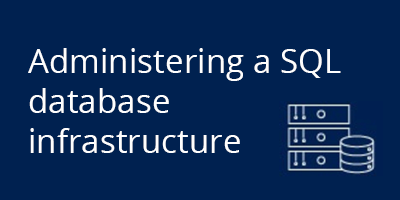Description
Introduction of QoS Architectures for Large Networks
Quality of Service (QoS) is essential for ensuring efficient bandwidth utilization, minimizing latency, and prioritizing critical applications in large-scale networks. As enterprises and service providers expand their infrastructures, designing a scalable QoS architecture becomes crucial to maintaining network performance under increasing traffic loads. This guide explores best practices, frameworks, and strategies for implementing a scalable QoS architecture tailored for large networks.
Prerequisites of QoS Architectures for Large Networks
- Understanding of networking fundamentals (IP addressing, routing, and switching).
- Familiarity with QoS concepts, including classification, marking, queuing, policing, and shaping.
- Experience with enterprise and service provider network architectures.
- Knowledge of QoS implementation on routers, switches, and firewalls.
Table of Contents
1. Introduction to Scalable QoS Architectures
1.1 Importance of QoS in Large Networks
1.2 Challenges in Scaling QoS for High-Traffic Environments
1.3 Key Components of a Scalable QoS Framework
2. Traffic Classification and Prioritization Strategies
2.1 Defining QoS Policies for Enterprise and Service Provider Networks
2.2 Techniques for Classifying and Marking Traffic (DSCP, IP Precedence, MPLS EXP)
2.3 Designing a Hierarchical QoS Model for Scalability
3. Implementing Scalable Queuing Mechanisms
3.1 Overview of Queuing Techniques (FIFO, WFQ, CBWFQ, LLQ)
3.2 Best Practices for Deploying Priority Queuing in High-Bandwidth Networks
3.3 Managing Queue Depths and Congestion Avoidance Strategies
4. Traffic Policing and Shaping for Large-Scale Deployments
4.1 Understanding the Role of Policing and Shaping in QoS Architectures(Ref: Quality of Service (QoS) in Cloud Networks: Managing Traffic in Distributed Environments)
4.2 Implementing Hierarchical Traffic Shaping for Multi-Tier Networks
4.3 Configuring Adaptive Rate-Limiting for Scalable Bandwidth Management
5. QoS in Multi-Domain and Multi-Tenant Environments
5.1 Designing QoS Policies for Enterprise WANs and Service Provider Networks
5.2 Managing QoS Across MPLS, SD-WAN, and Hybrid Cloud Networks
5.3 Interoperability Considerations for End-to-End QoS Consistency
6. High-Availability QoS Architectures
6.1 Redundancy and Failover Strategies for QoS-Critical Services
6.2 Load Balancing QoS Policies Across Network Devices
6.3 Implementing QoS in Active-Active and Active-Passive Network Designs
7. QoS for Real-Time Applications and Emerging Technologies
7.1 Designing QoS for VoIP, Video Conferencing, and Telepresence
7.2 QoS Considerations for IoT and Industrial Networks
7.3 Integrating AI/ML-Driven QoS Optimization for Dynamic Traffic Control
8. Monitoring, Analytics, and Automation in QoS
8.1 Real-Time Monitoring Tools for QoS Performance Analysis
8.2 Leveraging Telemetry and AI-Driven Analytics for QoS Optimization
8.3 Automating QoS Policy Enforcement with SDN and Network Orchestration
9. Case Studies and Real-World Implementations
9.1 Enterprise QoS Deployment in a Global Network Infrastructure
9.2 Service Provider QoS Architecture for High-Performance Internet Services
9.3 Lessons Learned from Large-Scale QoS Implementations
10. Conclusion and Best Practices
10.1 Key Takeaways for Designing Scalable QoS Architectures
10.2 Best Practices for Ensuring End-to-End QoS Performance
10.3 Future Trends in QoS for Next-Generation Networks
Scaling QoS for large networks requires a strategic approach that includes efficient classification, queuing, traffic shaping, and continuous monitoring. By implementing a robust QoS architecture, enterprises and service providers can ensure reliable performance for mission-critical applications while adapting to evolving network demands. This guide outlines key strategies and best practices to help network architects build scalable, high-performance QoS frameworks that support modern networking environments.







Reviews
There are no reviews yet.